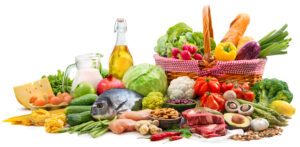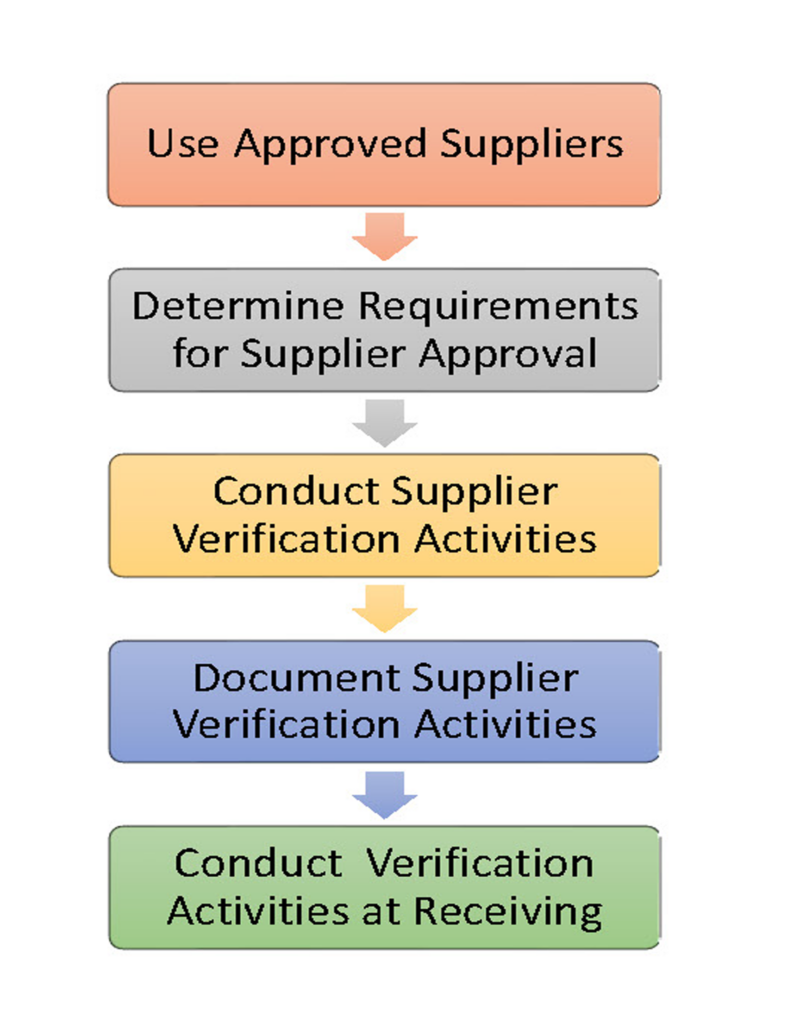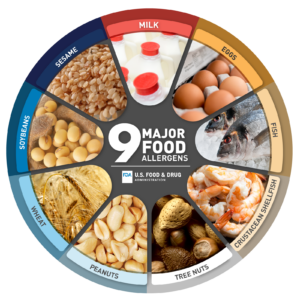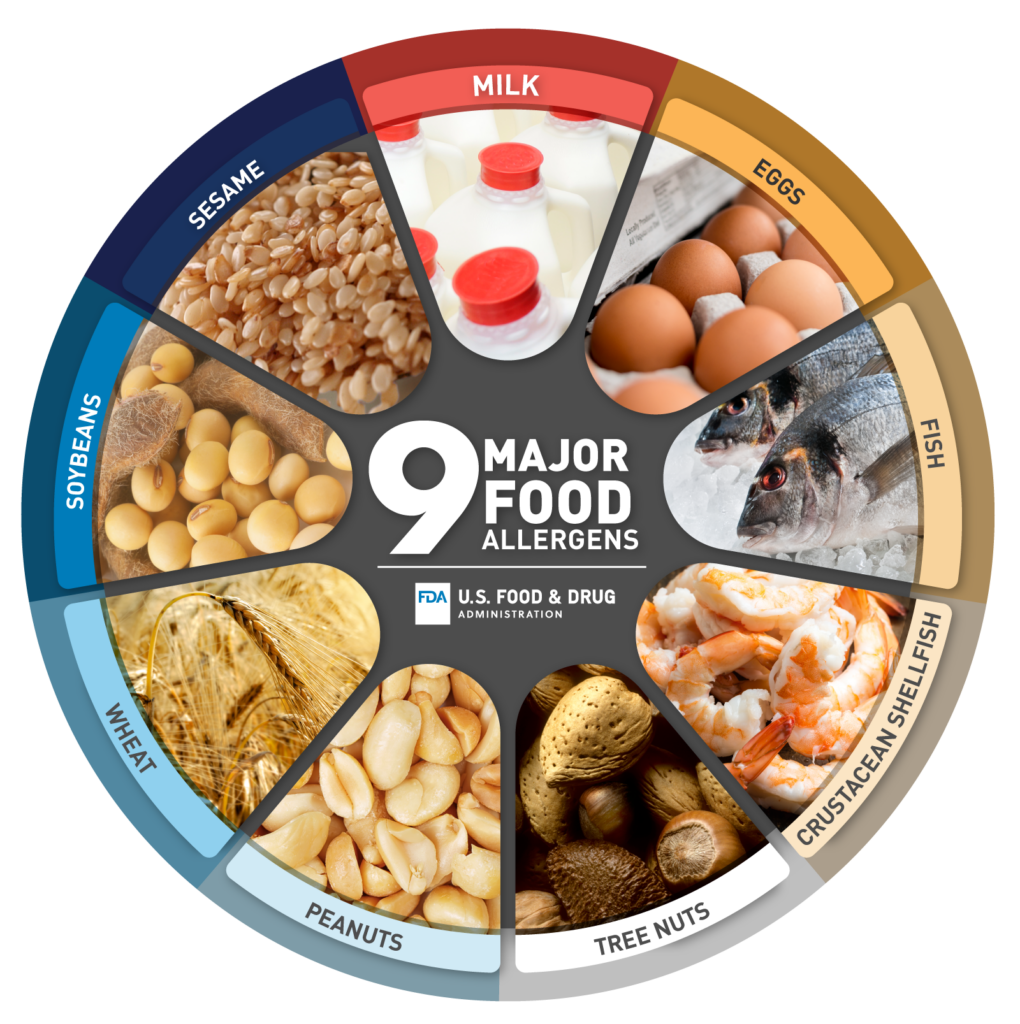Food waste is estimated at between 30 to 40 percent of the food supply in the United States. This figure, based on estimates from USDA’s Economic Research Service of food loss at the retail and consumer levels, corresponded to approximately 133 billion pounds and $161 billion worth of food in 2010. Food is the single largest category of material placed in municipal landfills. The U.S. Department of Agriculture (USDA), the Environmental Protection Agency (EPA), and the Food and Drug Administration (FDA) jointly published a draft strategy to prevent the loss and waste of food and increase organic waste recycling. The Draft National Strategy for Reducing Food Loss and Waste and Recycling Organics outlines targeted actions by USDA, EPA and FDA to mitigate the economic and environmental repercussions of wasted food. The strategy is a step towards meeting the national goal of reducing food loss and waste by 50% by 2030.
The four objectives of the strategy are:
- Preventing the loss of food where possible.
- Preventing the waste of food where possible.
- Increasing the recycling rate for all organic waste.
- Supporting policies that incentivize and encourage food loss and waste prevention and organics recycling.
For each objective, the draft strategy highlights actions that USDA, EPA, and FDA could take. Some of the priority USDA actions include:
- Investing $30 million in the Composting and Food Waste Reduction (CFWR) Cooperative
Agreements. - Expanding partnerships with NIFA food system programs to further develop educational
materials, research and outreach for food loss and waste prevention. - Funding research and development on innovative new packaging technology to extend the shelf life of food and prevent loss.
Comments are invited on the Draft National Strategy for Reducing Food Loss and Waste and Recycling Organics. The public comment period opened on December 5 for thirty days. Share comments through Regulations.gov, Docket ID No. EPA-HQ-OLEM-2022-0415.
For more information about Food Loss and Waste Reduction activities visit:








